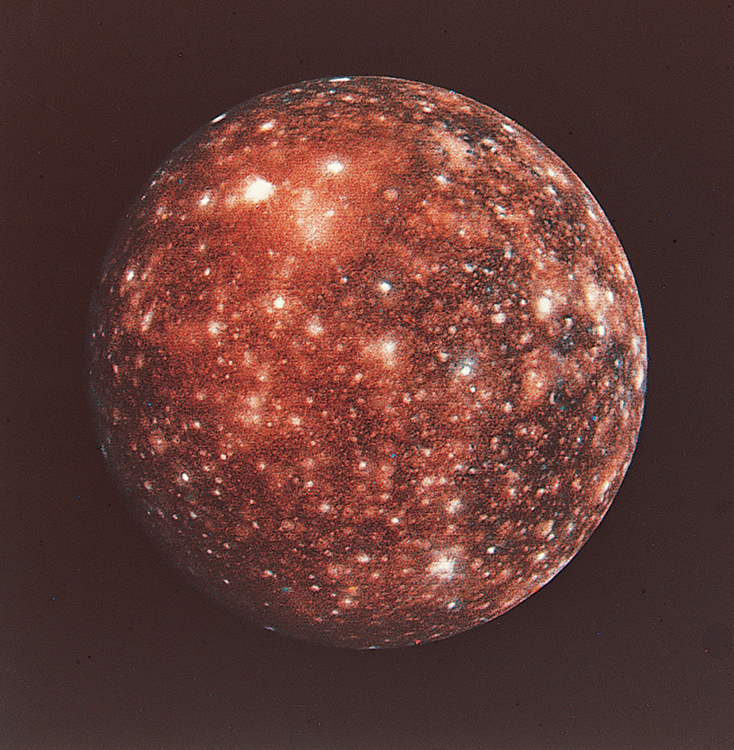Astronomers at the Carnegie Institution for Science in Washington, D.C., recently discovered a new batch of moons orbiting Jupiter, the largest planet in our solar system. The new group of 12 moons—which bring’s Jupiter’s moon total to an astounding 79—includes an oddball, however: one is going “the wrong way.”
Led by astronomer Scott Sheppard, the Carnegie team had been looking for “Planet Nine,” a hypothetical major planet in the Kuiper belt, a band of objects in the outer regions of our solar system. In March 2017, Jupiter moved into the astronomers’ search area. The telescope the team was using was uniquely suited for finding small or faraway objects: it could block out light from larger nearby heavenly bodies. Sheppard took time away from Planet Nine to poke around Jupiter, and his curiosity was rewarded with the discovery of 12 new moons. The first two bodies orbit close to Jupiter, and were quickly confirmed as moons. The other 10 skew farther out from the mighty planet and were not announced as moons until July 17, 2018.

The new moons are small, some less than a mile (several hundred meters) in diameter. Their orbital characteristics tell scientists a lot about them. Nine of the 10 newest moons orbit in retrograde, meaning in the opposite direction of the rotation of Jupiter. This leads the astronomers to think they formed from objects captured by Jupiter’s hefty gravitational pull. Most moons form with their parent planet and have prograde orbits, meaning they orbit in the same direction as the host planet. But captured objects often have retrograde orbits. Sheppard’s team thinks these nine moons are parts of captured objects broken up by collisions over millions or billions of years.
The tenth of the newest moons, however—which Sheppard calls Valetudo, a great-granddaughter of the Roman mythological god Jupiter—travels in a prograde orbit. It dives through the orbits of the other nine moons, putting it on an eventual collision course. When moon finally meets moon, the impact will either destroy the bodies or make them even smaller.
Image 1: Ganymede is the largest of Jupiter’s moons. Astronomers recently found 12 new and much smaller moons orbiting Jupiter, bringing the planet’s solar system-leading total to 79. Credit: NASA
Image 2: Callisto, another large moon of Jupiter, has a diameter of almost 3,000 miles (4,800 kilometers), many times the size of Jupter’s newly discovered moons. Credit: NASA